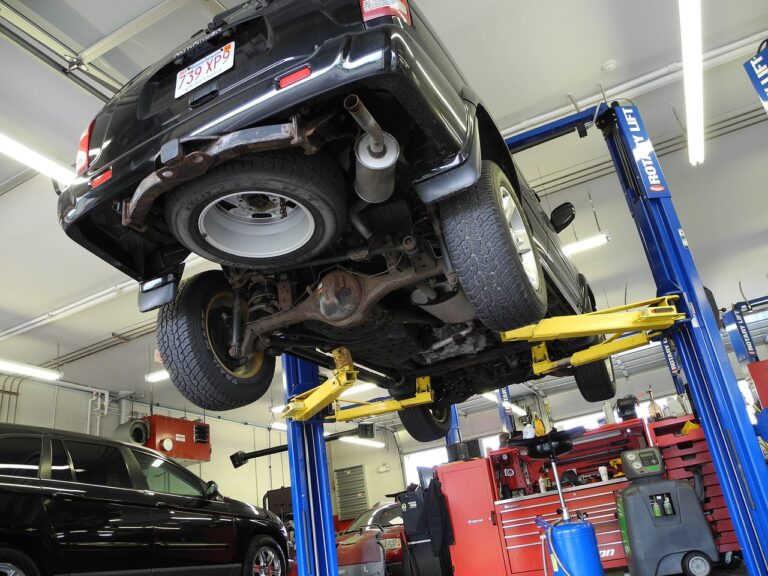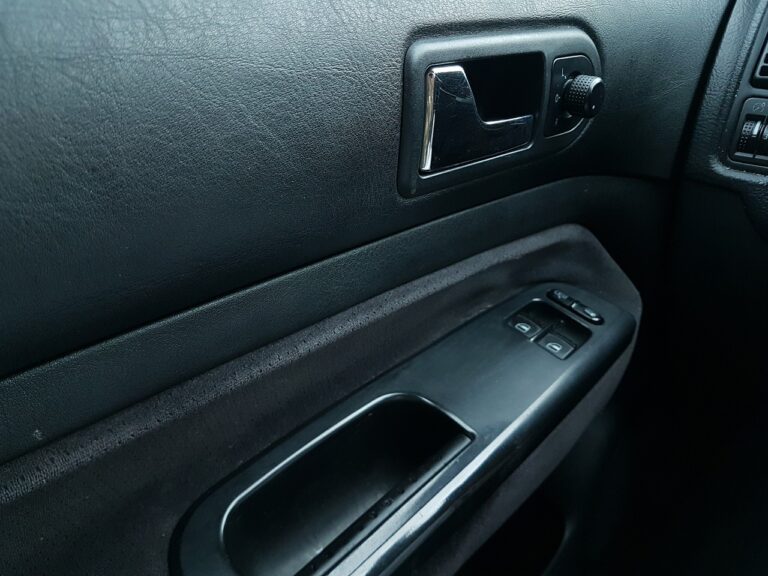How to Properly Maintain Your Car’s Brakes
It’s crucial to regularly inspect your brake pads to ensure your vehicle’s braking system is functioning optimally. Checking the thickness of the brake pads can help prevent potential issues such as reduced braking performance or squealing noises. Ignoring worn brake pads can lead to more serious problems down the road, so it’s best to address any issues promptly.
In addition to visually inspecting the brake pads, it’s important to listen for any unusual noises while braking, as this could indicate wear and tear on the pads. If you notice vibrations or pulsations while applying the brakes, it may be a sign that the brake pads are worn unevenly. By staying proactive and routinely inspecting your brake pads, you can help maintain the safety and efficiency of your vehicle’s braking system.
Checking Brake Fluid Levels
When inspecting your vehicle’s brake fluid levels, ensure that the car is parked on a flat surface to get an accurate reading. Locate the brake fluid reservoir under the hood of your car, usually located near the firewall on the driver’s side. Remove the cap of the reservoir and visually check the fluid level against the markings on the side of the container. If the fluid level is below the recommended line, add the appropriate brake fluid specified in your vehicle’s owner’s manual.
Maintaining the proper brake fluid level is crucial for the overall performance of your vehicle’s braking system. Brake fluid is essential for transferring force from the brake pedal to the brake components, enabling efficient stopping power. Regularly checking and topping up the brake fluid when needed can help prevent air bubbles from forming in the brake lines, ensuring that your brakes operate smoothly and effectively.
Monitoring Brake Rotors for Wear
Abnormal wear and tear of brake rotors can lead to inefficient braking performance and compromise the overall safety of a vehicle. One of the common signs of rotor wear is deep grooves or scoring on the surface of the rotor caused by prolonged contact with the brake pads during braking.
Another indicator of rotor wear is the presence of heat spots or discoloration on the rotor surface. Excessive heat generated during braking can cause the rotor to warp or develop hot spots, which can lead to pulsating brake pedal or vibrations when applying the brakes. Regularly inspecting the brake rotors for these visual cues can help prevent brake system failures and ensure smooth and reliable braking performance.





